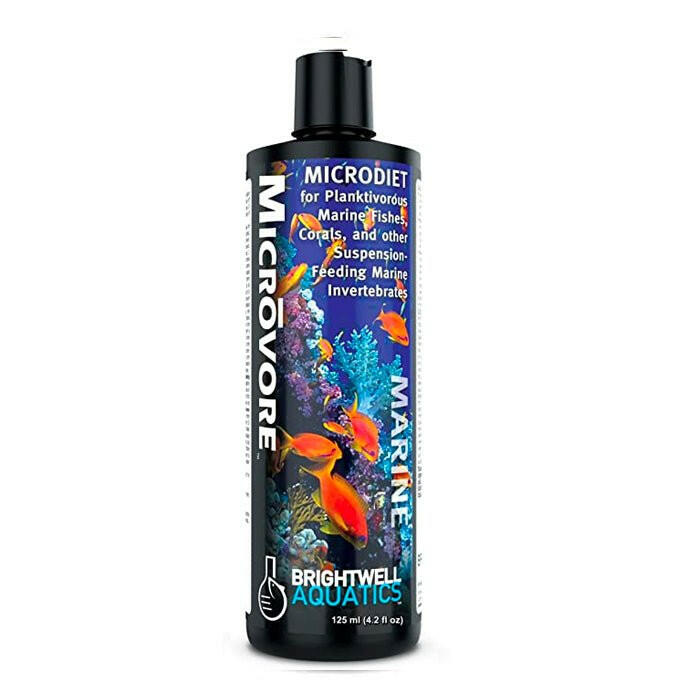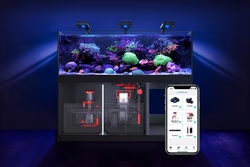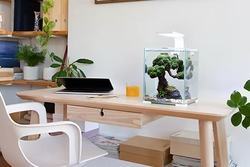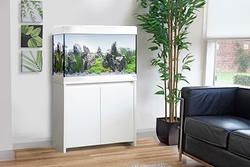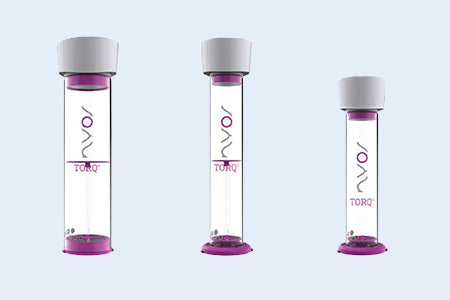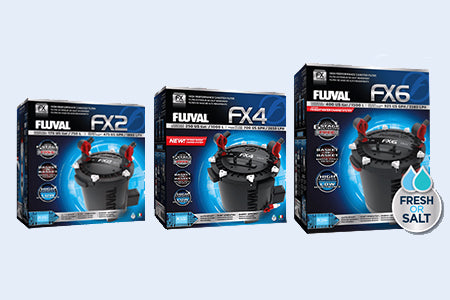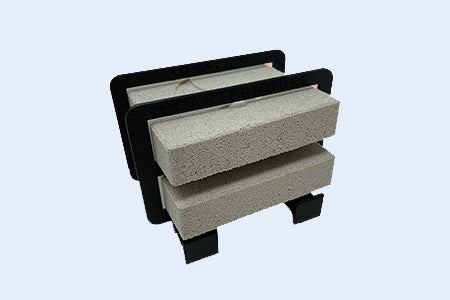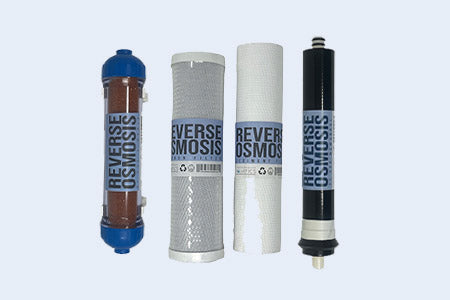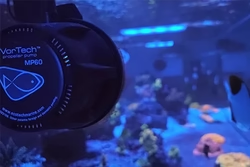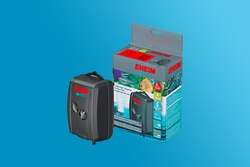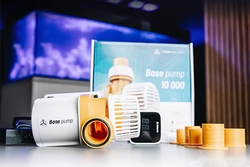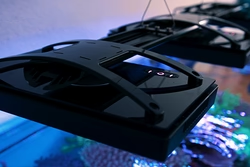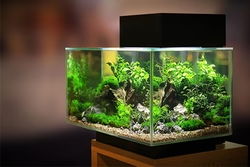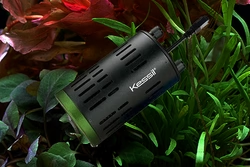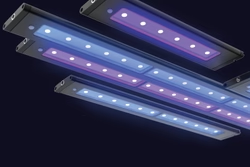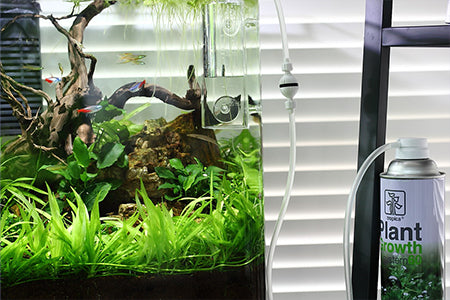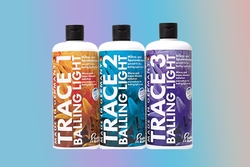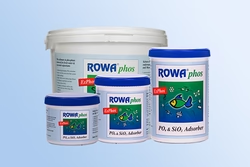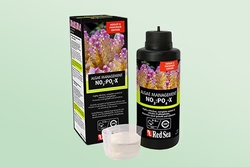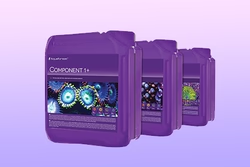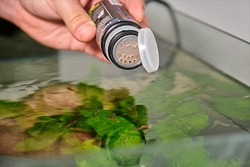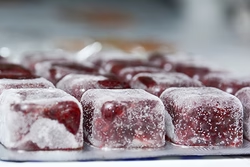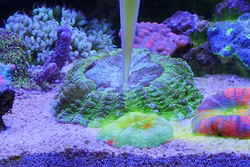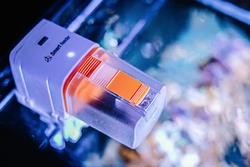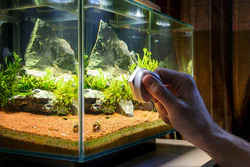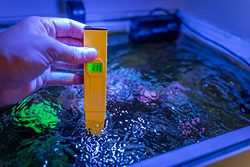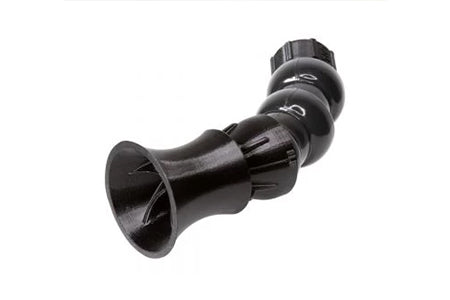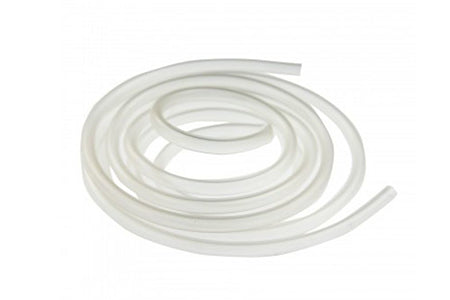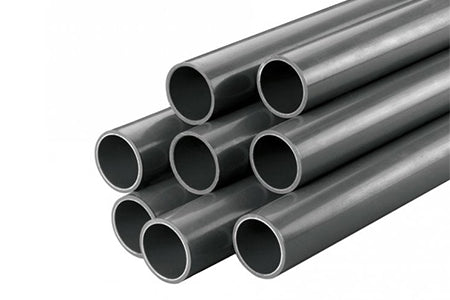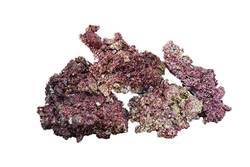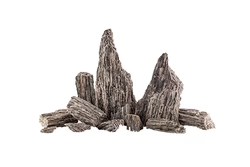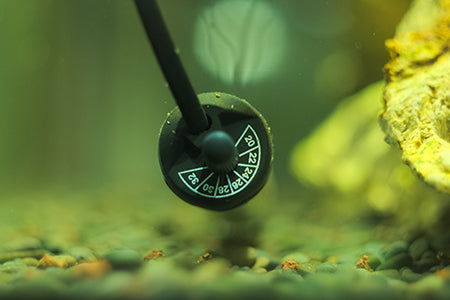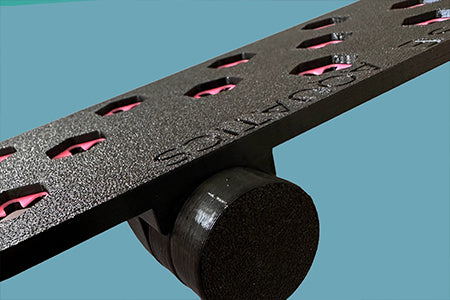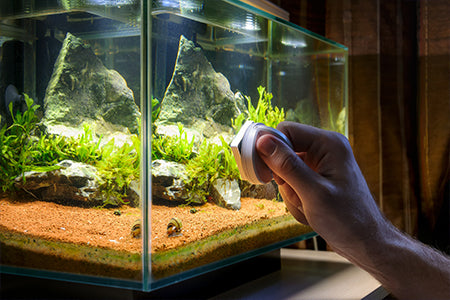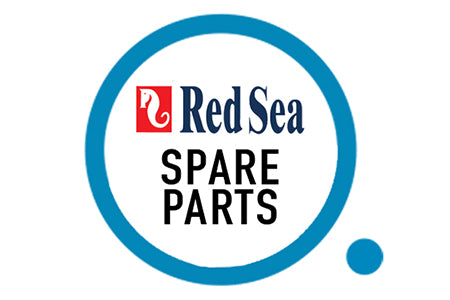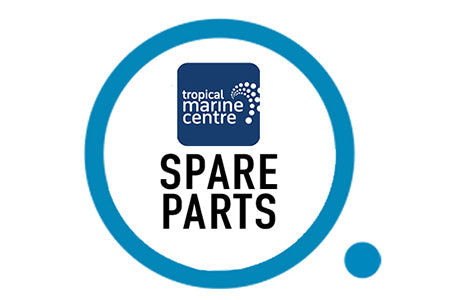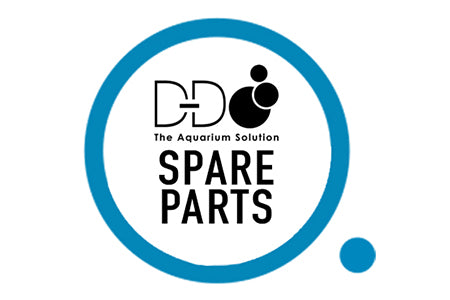- Suspension of particulate, microencapsulated marine proteins, lipids, and carbohydrates fortified with complex and free-form amino and fatty acids, and vitamins important toimmune system function.
- Appropriate for feeding many LPS, zooxanthellate, and azooxanthellate soft corals, aswell as gorgonians, anemones, and other solitary and colonial polyps, particularly at night when tentacles are extended to maximize chances of prey-capture.
- Readily eaten by a multitude of reef-associated fishes known to feed on zooplankton and food particles drifting in the water column, including anemonefishes, basslets and pseudochromids, anthias, damselfishes and chromis, pygmy angelfishes, cardinalfishes, dartfishes, jawfishes, hawkfishes, wrasse, and many surgeonfishes.
- Does not require refrigeration.
Brightwell Aquatics Micr?vore effectively replicates the presence of zooplankton and particulates so natural to reef fishes and suspension-feeding invertebrates such as corals and tube worms. Equally important, Micr?vore is an ideal blend of marine-derived nutrients required for long-term health, growth, and coloration of the reef fishes and invertebrates that feed upon it. Furthermore, it is a useful aid in encouraging zooplanktivorous fishes, such as anthias, to begin eating after addition to aquaria.
Micr?vore does not require refrigeration, however storage in a cool, shaded area will prolong the activity of the vitamins. Refrigeration will maximize the shelf-life of the product.
Target Feeding (corals): Target feeding may be carried out with a lengthy piece of rigid air tubing, plastic syringe, pipette, dropper, or similar device; suck a portion of Micr?vore into the feeding device, then slowly discharge the contents of the device 2 - 4” upstream of the target organism(s). Repeat these steps as deemed necessary. Do not place items that have been exposed to aquarium water inside this container without first thoroughly rinsing them (inside and outside) with fresh water; failure to do so will contaminate the product and encourage it to decompose. See ‘Notes’ below regarding maximum recommended feeding amount. Most zooxanthellate corals extend their tentacles at night, when the majority of coralivorous and zooplanktivorous fishes are asleep and the abundance of zooplankton in the water column passing over and through the reef is at its greatest. Therefore, the most sensible time to feed Micr?vore to corals is after all lights in the aquarium have been off (preferably for at least one- to two-hours) and the room is dark. Using a dim flashlight, illuminate the area immediately upstream of the coral to be fed, then feed as directed above.
Food Rotation: Foods for corals should be rotated to provide variety and a more complete nutritional profile. Brightwell recommends that you don't just mix all your foods together and feed the same thing every day. Feeding a broad range of nutrients will more closely simulate what animals encounter in their natural habitat. Do some research on your animals to see what their nutrional needs are. Brightwell makes a number of different planktonic and particulate foods that can be rotated to provide a more balanced diet. These can be fed in addition to the CoralAmin? and Rest?r which can be fed every day along with those foods. Some of them are: Phyt?Chr?m, Phyt?Gold, Phyt?Green, Zooplankt?s, Reef Blizzard A, L, O, and S, UltraPlankt?s, Macr?vore , Micr?vore, and Reef Snow.
Broadcast Dispersal (primarily for feeding fishes): Add up to 2.5 ml (½-capful) per 50 gallons of water in the entire aquarium system in an area of rapid water movement every other day for the first four weeks of use; thereafter, the dosage may be gradually increased if desired. Notes: Micr?vore should be considered a type of food. Add no more than 5 ml total of liquid food suspensions per 50 gallons of water in the entire aquarium system daily for the first four weeks of use; thereafter, the dosage may be gradually increased as desired. Starting out at a low dosage and gradually increasing it with time will allow the biological filtration in the aquarium to adjust to the increase in nutrients and prevent water quality from deteriorating.
Ingredients
Purified water, marine fish protein and oils, ascorbic acid, complex and free-form amino and fatty acids.
